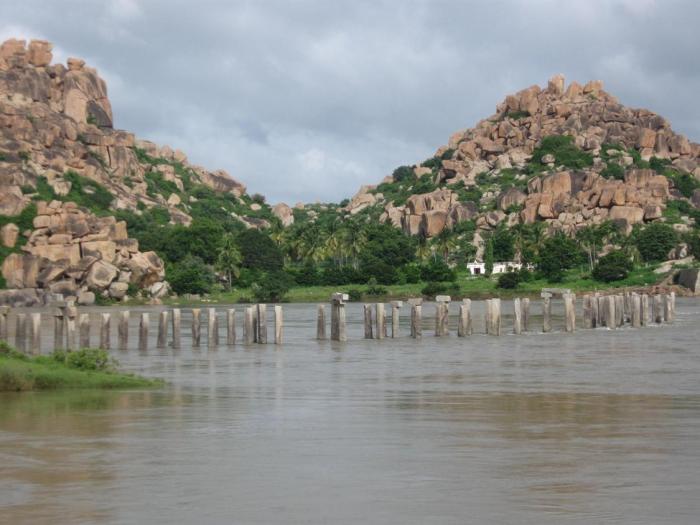I, Rama: Age of Seers by Ravi Venu (Cratus Media, pp. 264, Rs.225) is the first book in the “I, Rama Series”. The series is a retelling of the Ramayana from Rama’s point of view.
This is His tale… let Him share His story with you…His account of the Legend. This is the story of that mighty king through His eyes, but my hand. (p.17)
I, Rama is narrated as a flashback to Rama’s twin sons Lava and Kusa, his brothers Lakshman, Bharat and Shatrughan, and his foremost devotee, Hanuman. It is not a simple straightforward flashback as there are tales within tales and flashbacks within flashbacks. So, even if it is Rama, who is narrating the tale, he narrates it through another’s voice. This volume takes the readers through the origins of the Ishvaku clan, the reign of Dashrath, the birth of Rama and his brothers, Rama and Lakshman’s sojourn to the Dandaka forest with Vishwamitra, Sita’s swayamvar and her ensuing marriage with Rama, and his encounter with Parasurama. The book ends with Rama, Sita and Lakshman being exiled from Ayodhya.
This is what I, Rama narrates, a story that anyone who has read the Ramayana will be familiar with, including me.
 Now, how do I write a review of a book that is yet another retelling of the beloved Hindu legend, the Ramayana?
Now, how do I write a review of a book that is yet another retelling of the beloved Hindu legend, the Ramayana?
How do I write a review of a book that is part science fiction, part fantasy, part mythology and ends up being an uncooked khichdi of genres?
How do I write a review of a book with that is woven around a unique premise, but is written very badly?
How do I write a review of a book that was much-anticipated, but which failed to deliver?
How do I write a review of a book whose language is so archaic that it made me cringe?
How do I write a review of a book called I, Rama, but one that made me go “Ayyo, Rama”?
How do I write a review of a book that I struggled to complete and then did not want to review it?
I, therefore, decided not to write a usual review. What I have written is this…




